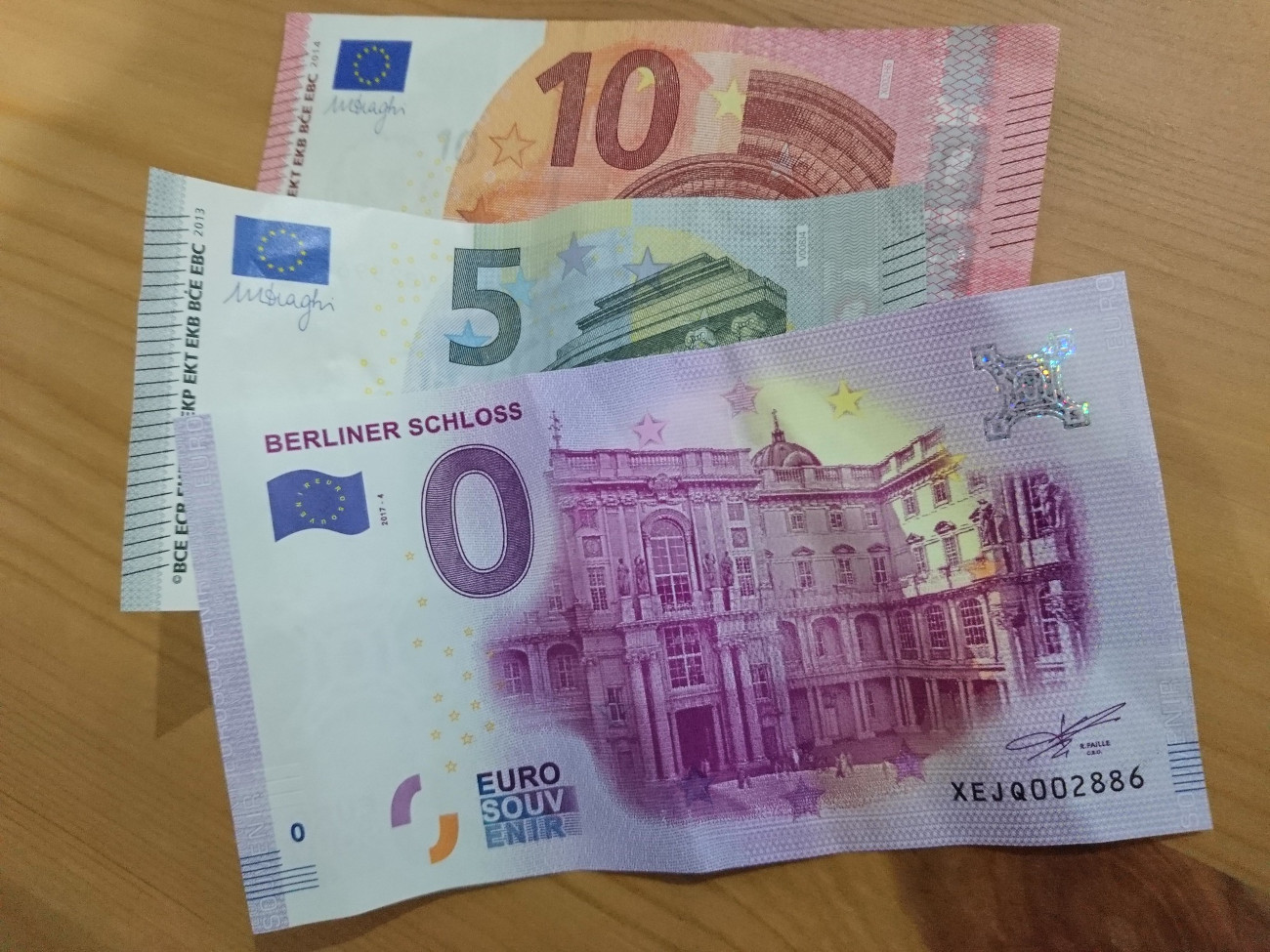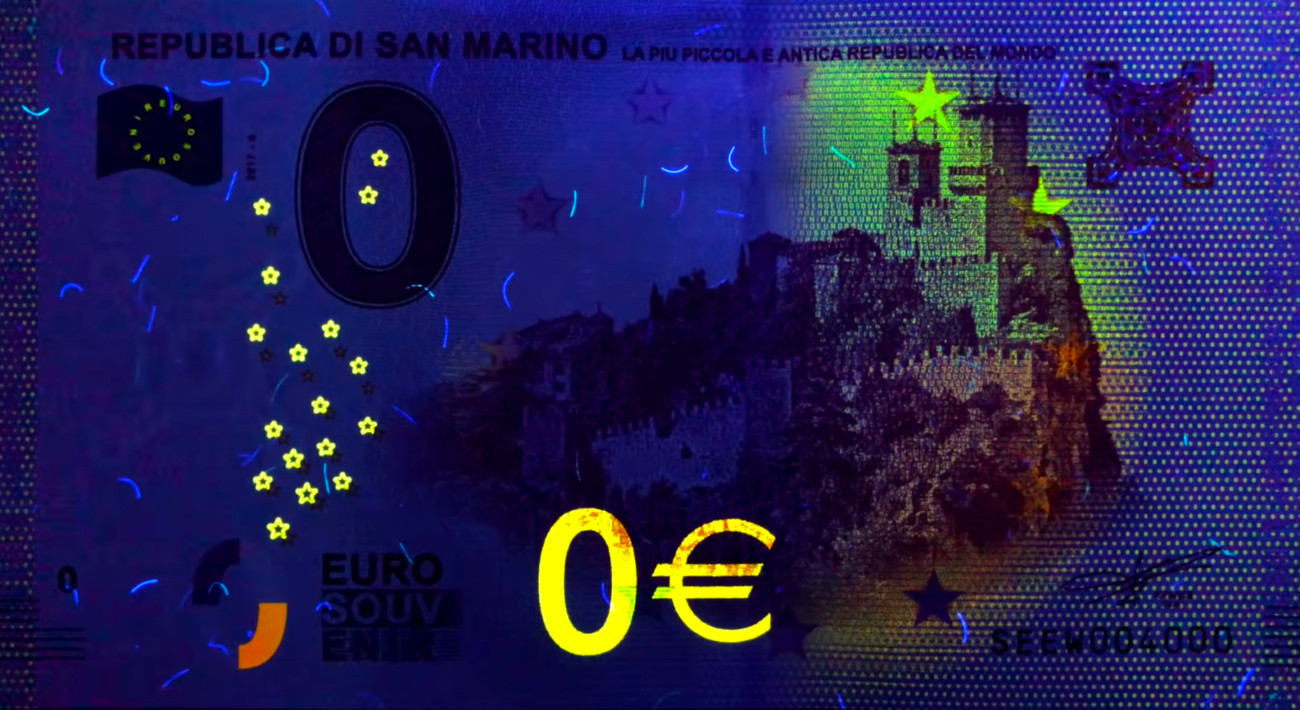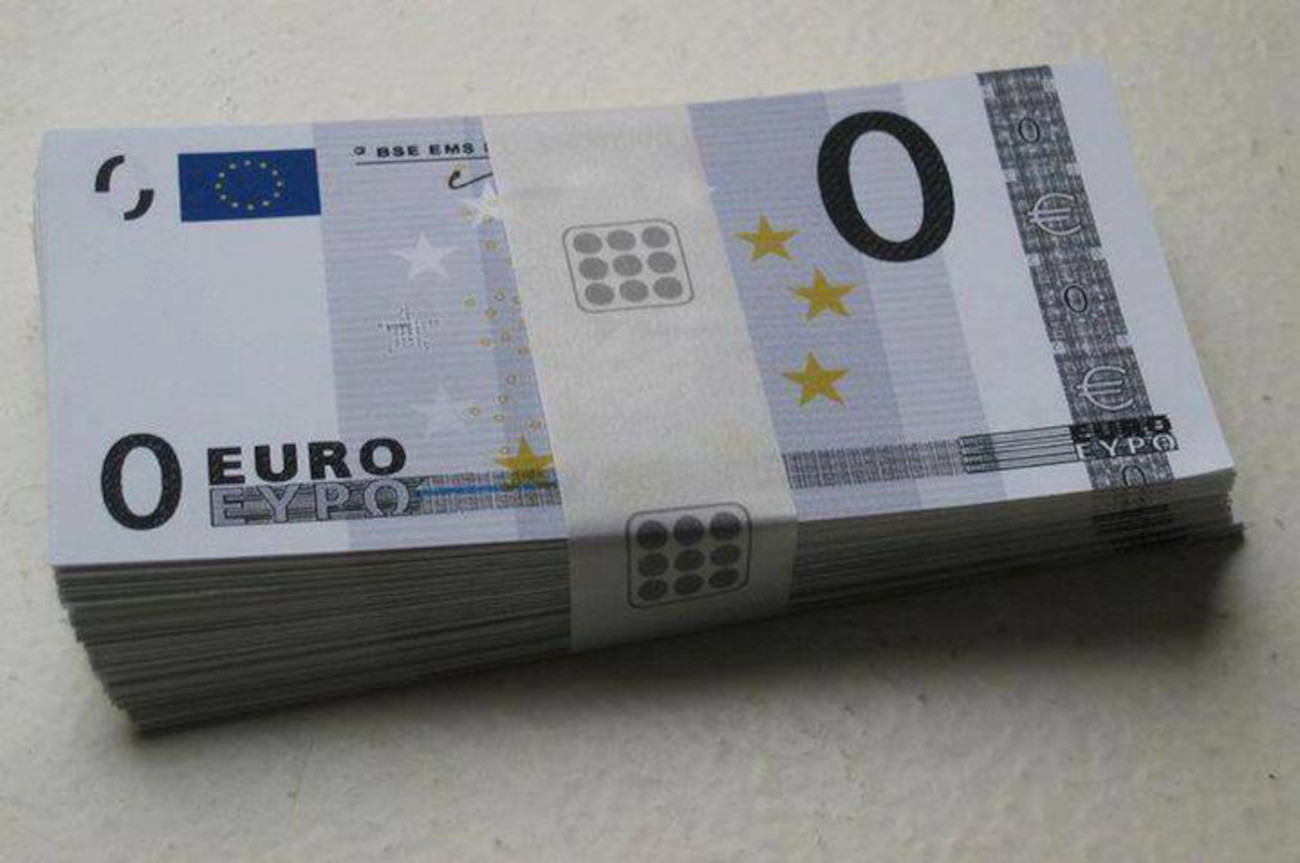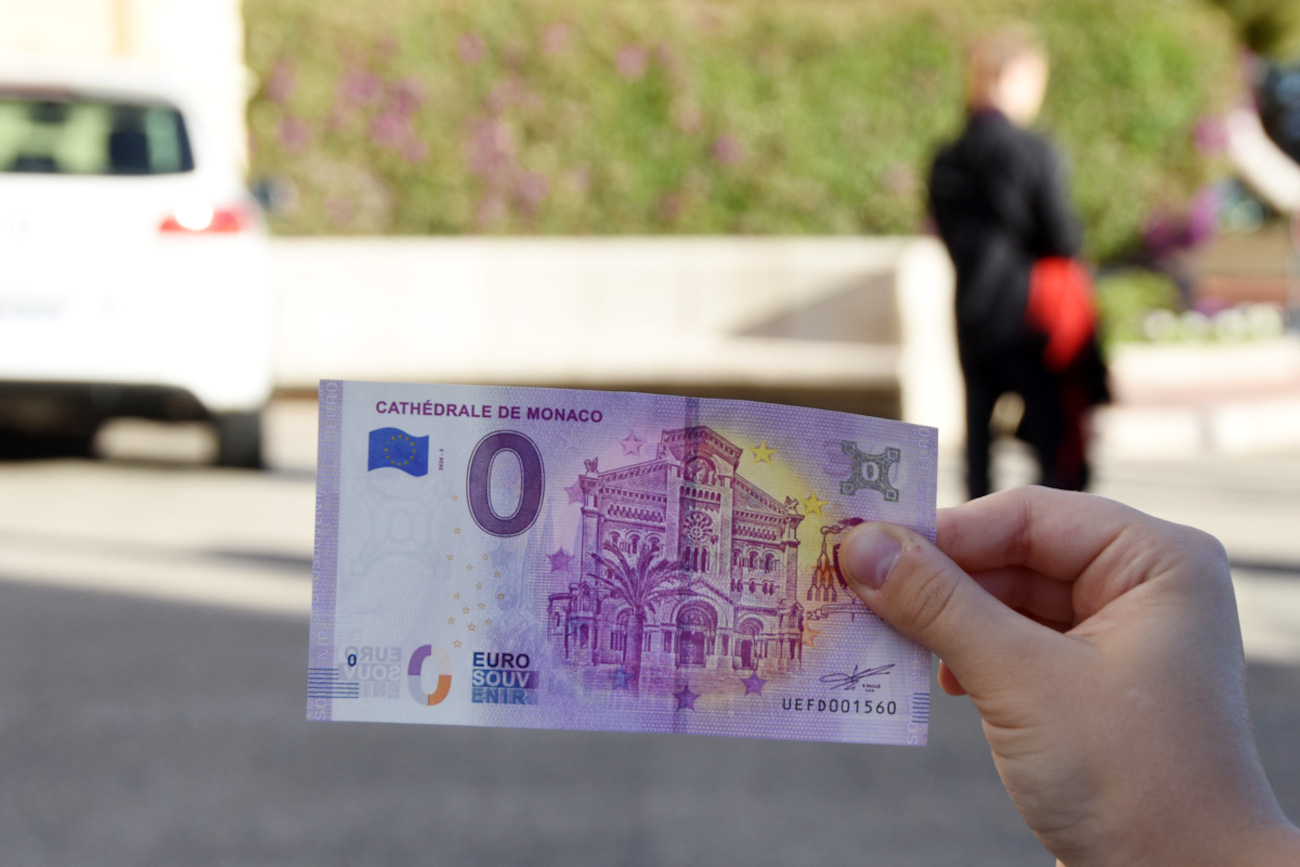Money with no value? It leaves you scratching your head a bit, but yes there are bills with a value of zero. With watermarks, special print, and UV-light features, they look like money, they feel like money, but you can’t buy a single thing with these banknotes. So what is the purpose of having such a valueless bill?

If you travel to monuments, museums, and heritage sites across Europe, you may come across special, slim ATM machines, but they won’t dispense any cash. Instead, you’ll find machines where you can pay to have money worth nothing.
Okay, that sounds a bit weird, to pay for the money that can’t be used like money. However, zero banknotes have been a souvenir across Europe since 2015. Invented by French entrepreneur Richard Fallie, he thought this would be a new era of currency collection. A collector himself, Fallie saw the potential of switching from coins, which are bulky and heavy, to more easily produced banknotes. Just like commemorative coins and stamps, the zero banknotes would feature historical figures or monuments of a specific region or country.

While you may think it’s peculiar to have money that has the feel and features of money but is worth zero, don’t turn your nose up at the banknotes. It’s been a successful souvenir across countless countries of the European continent. Even countries like Sweden, England, and Iceland, which don’t use the euro, still participate in this souvenir program and have their own zero euro banknotes.

United under one currency, the euro designs are, well, quite generic, with European architectural features as the main image on the euro make for a benign appearance, and the euro is often criticized as one of the dullest currencies around. Yet the zero banknote is supposed to combat this problem. Each regionally specific banknote highlights the uniqueness of the most famous landmarks and impactful historical figures. So while the actual currency is boring, the zero banknotes are quite interesting, reflecting the historical diversity and individuality of each country.

Just like with US quarters, each country gradually comes out with new notes during different years. Special sports or historical events generally see a release of a limited edition zero banknote. And while you may think that zero means zero in value, rare banknotes can actually rake in money. For example, the Sarlat error six geese banknote (it was supposed to have three, not six geese), was originally sold for five euros, after the error was corrected, these original mistake notes are worth 170 to 190 euros, and the German Duisburg Stadium banknote of 2016 cashes in at 800 to 900 euros.
So even if zero means zero in your wallet, these banknotes are souvenirs for many tourists traveling and are a fun way to remember a trip. Do you think you’d collect zero banknotes, or would you stick to simply collecting traditional currency?












